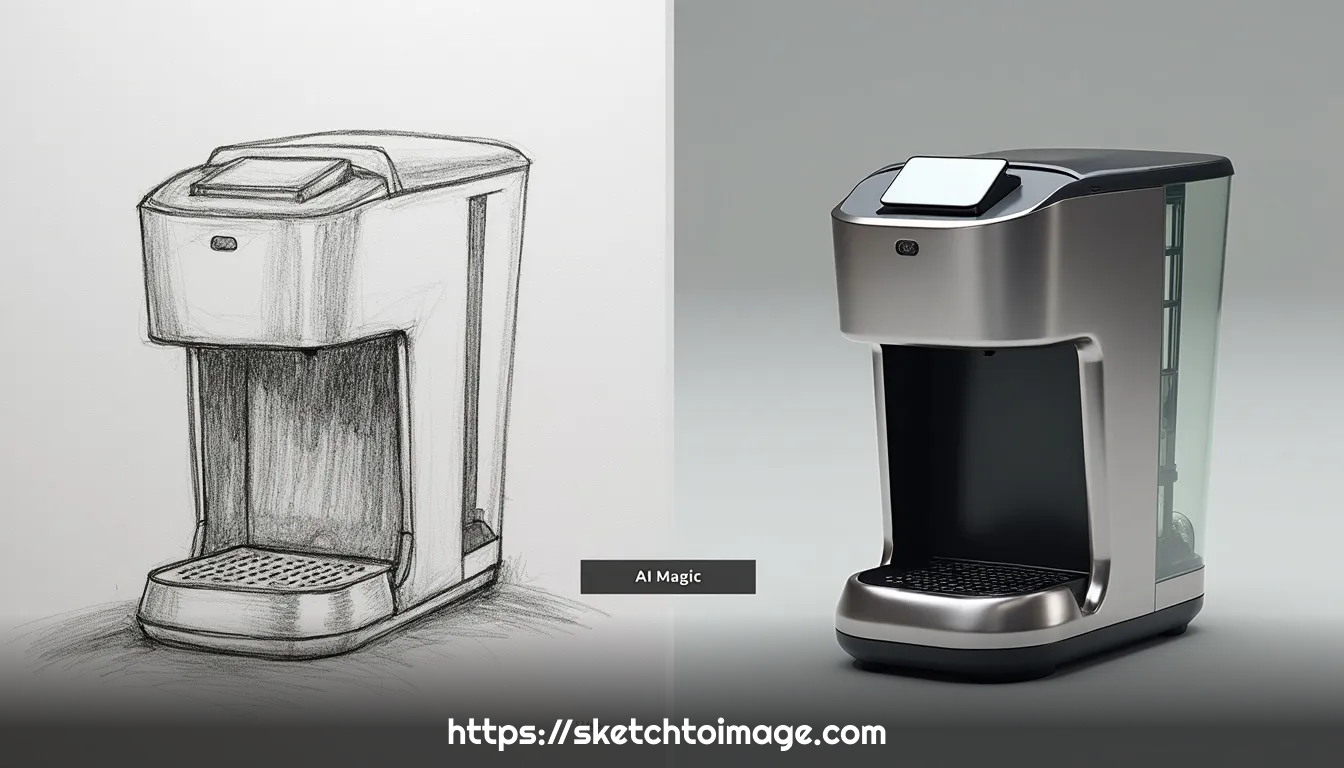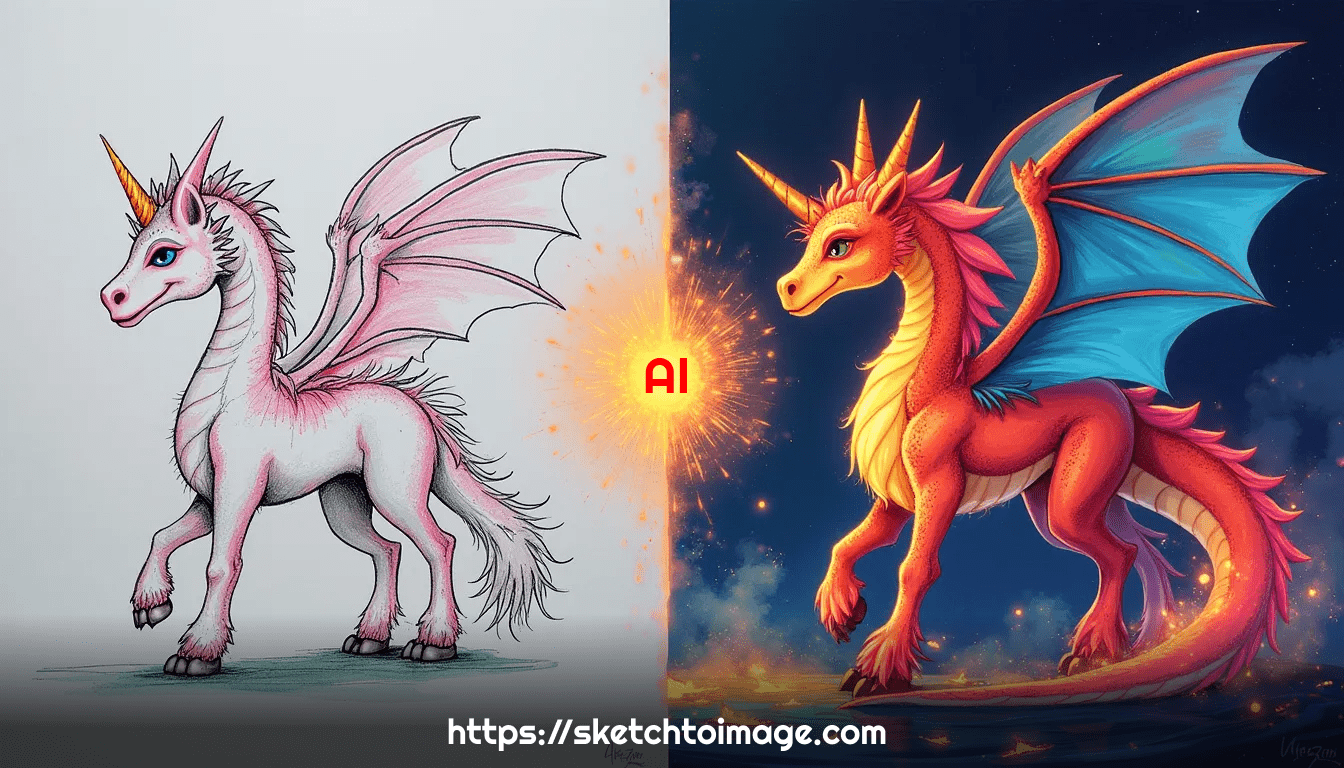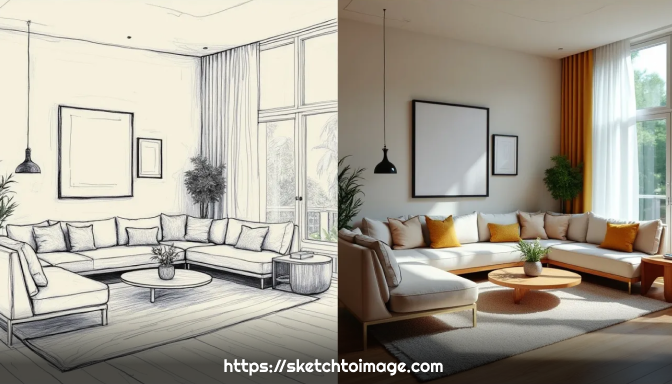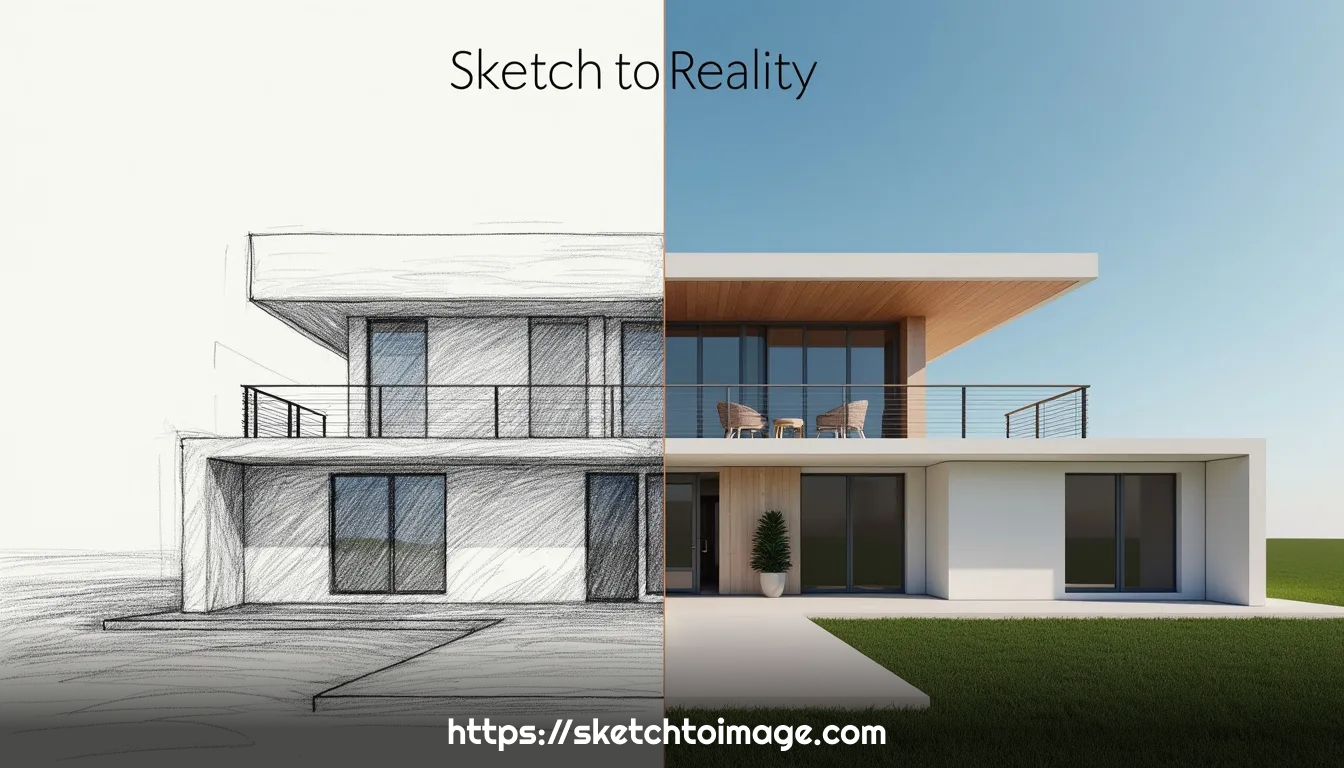In the fast-paced world of product design, the ability to quickly transform ideas into tangible visuals can make or break a project. Thanks to recent advancements in artificial intelligence, designers and entrepreneurs now have powerful tools at their fingertips to bring their concepts to life with unprecedented speed and realism. In this blog post, we'll explore how AI is revolutionizing product design visualization and how you can harness this technology to elevate your design process.
The AI Revolution in Product Design
Artificial intelligence has made significant strides in various creative fields, and product design is no exception. AI-powered tools like SketchToImage are changing the game by allowing designers to:
- Transform rough sketches into polished 3D renders
- Iterate through multiple design concepts rapidly
- Generate photorealistic product visualizations
- Explore various materials and finishes with ease
This technology is not just a novelty—it's becoming an essential part of the modern designer's toolkit.
How AI Visualization Works
The process of using AI to visualize product designs is surprisingly straightforward:
- Sketch Your Concept: Start with a basic sketch or rough 3D model of your product idea.
- Upload to AI Tool: Use a platform like SketchToImage to upload your initial concept.
- Provide Description: Offer a brief description of your product, including key features and materials.
- Choose Style: Select from various rendering styles, from photorealistic to stylized.
- Generate and Refine: Let the AI work its magic, then refine the results as needed.
Within minutes, you can have a professional-looking product visualization ready for presentation or further development.
Benefits of AI-Powered Product Visualization
1. Rapid Prototyping
AI allows designers to quickly test and iterate on multiple concepts without the need for time-consuming physical prototypes. This speed can significantly reduce development cycles and costs.
2. Enhanced Client Communication
Presenting clients with realistic visualizations early in the design process can improve communication, reduce misunderstandings, and help secure buy-in for your ideas.
3. Exploration of Materials and Finishes
AI tools can easily simulate various materials, textures, and color schemes, allowing designers to explore different options without the need for physical samples.
4. Democratization of Design
By lowering the barrier to creating professional-quality visualizations, AI is making it possible for entrepreneurs and small businesses to compete with larger design firms.
Real-World Applications
Let's look at some practical applications of AI in product design visualization:
Consumer Electronics
Imagine sketching a concept for a new smartphone design. With AI, you can quickly visualize how different materials—glass, metal, or recycled plastics—would look and feel, all without creating a physical prototype.
Furniture Design
Interior designers can use AI to transform rough sketches of custom furniture pieces into photorealistic renders, allowing clients to visualize the final product in their space before committing to production.
Packaging Design
Product packaging designers can rapidly iterate through various shapes, materials, and graphics, using AI to generate realistic 3D renders that showcase how the packaging will look on store shelves.
Automotive Design
Car designers can use AI to quickly visualize how different design elements, colors, and materials will come together, speeding up the process of refining vehicle concepts.
Getting Started with AI-Powered Design Visualization
Ready to incorporate AI into your product design workflow? Here are some steps to get started:
- Choose Your Tool: Platforms like SketchToImage offer user-friendly interfaces for AI-powered design visualization.
- Prepare Your Sketches: Start with clear, well-defined sketches or basic 3D models of your product concepts.
- Experiment with Styles: Don't be afraid to try different rendering styles to find what works best for your project.
- Iterate and Refine: Use the AI-generated visualizations as a starting point, then refine and adjust as needed.
- Incorporate Feedback: Share your AI-generated visuals with team members and clients to gather feedback and make improvements.
The Future of AI in Product Design
As AI technology continues to advance, we can expect even more exciting developments in product design visualization:
- Real-time Collaboration: AI tools may soon allow multiple designers to work on and visualize concepts simultaneously in virtual environments.
- Advanced Simulation: Future AI could incorporate physics simulations to test product functionality alongside aesthetics.
- Sustainable Design Optimization: AI may help designers optimize their products for sustainability by suggesting eco-friendly materials and manufacturing processes.
Conclusion
AI-powered product design visualization is more than just a trend—it's a transformative technology that's reshaping how designers work and how products come to life. By embracing these tools, designers and entrepreneurs can accelerate their creative process, communicate ideas more effectively, and bring innovative products to market faster than ever before.
Whether you're a seasoned product designer or an entrepreneur with a brilliant idea, AI visualization tools like SketchToImage can help you bridge the gap between concept and reality. The future of product design is here, and it's powered by artificial intelligence.
Ready to revolutionize your product design process? Visit SketchToImage.com today and sign up for a free account. With 5 free credits, you can start transforming your sketches into stunning product visualizations immediately. Don't let your great ideas remain on paper—bring them to life with the power of AI!






